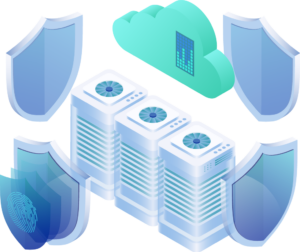
Data Backup & Recovery
Applications are constantly changing with Operating System (OS) updates, bug fixes, and new features. Cyber threats are becoming more sophisticated every day making it increasingly difficult to secure our applications.
Application security ensures the confidentiality, integrity, and availability of the application and sensitive data within, by preventing security breaches and protection against cyber-attacks.
Why is data backup and recovery so important?
Firstly, a company requires a backup solution and recovery process to remain compliant. However, it’s also much more than that. All data is a target for hackers. If a business has not backed up their data (wherever it’s located), in the event of a cyber attack or error causing data loss, their primary data is lost forever. Where most database platforms offer built in backup and recovery, the recovery rarely covers the entirety of the data, leaving gaps in the data set or older versions of some data. In this event, it is impossible to recover what was lost, or fully understand how much data has been lost.
Solutions that specialise in data backup and recovery can be adapted and implemented to work alongside your customers’ database, platforms and business processes. This ensures that when primary data fails (either through a or other cause of data loss), the disaster recovery process is initiated immediately to minimise downtime. Additionally, the automated backup of data ensures the most recent version of that data is recovered.
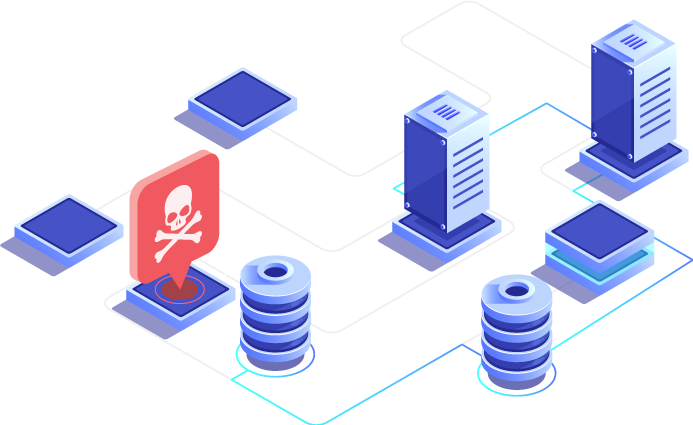
Top data backup and recovery trends for 2023
When pitching the necessity of a having a backup and recovery solution, or improving on a businesses current back-up and recovery process, it is imperative to understand the direction the market is going in and how this might impact a companies future planning for their data management. The trends below feature both supporting and contradictive predictions for 2023, which are important to note when having these discussions with customers and how their long-term goals may flex and change in line with the market.

Cloud backup and recovery market growth
The global growth of cloud backup and recovery is estimated to grow by over 20 million(USD) by 2027.
Data center backup and recovery growth
The global growth of data centre backup is predicted to grow by 550 million(USD) by 2027.
Rapid recovery solutions
Increase in demand from end-users is pushing providers to develop more rapid recovery solutions.
Storage as a Service
Businesses opting for Storage as a Service for backups, benefitting from consumption-based pricing.
Sustainability Impacts
Aligning backup and data storage strategies with sustainability targets will continue to grow cloud migration.
Reduced market prices
The overall cost of backup storage reducing due to market saturation after the industry boom during the pandemic.
Increased business costs
In line with the above, a demand for cheaper rapid backup storage to mitigate exponential growing business costs.
Cloud repatriation
Many businesses haven’t seen the financial benefits of migrating to the cloud and could reverse the migration, preferring a hybrid or solely on-premises approach.
Data management focus
Overall, improving backup and recovery is one of the major predicted trends in both security and data management in 2023 and beyond. However, this will be challenging with potential security budget cuts due to the exponential growth of other business costs.

Data Protection
Unlock the safety net for your customers. Safeguarding data with our proactive backup and seamless recovery solutions.
Protect your data and ensure business continuity with our reliable and efficient backup and recovery solutions. With our vendors, we offer a comprehensive set of tools and solutions designed to significantly reduce the risks of data loss and facilitate fast and simple to action recovery options.
Why is data protection important?
Companies store personally identifiable information (PII) of their customers, employees and stakeholders. If this data is not protected, hackers can breach security protocols and access the information, causing harm to thousands of people. Since the introduction of the GDPR, organisations that are breached and have not complied with GDPR can be fined either 4% of global turnover or £20 million, whichever is the highest.

Data breach statistics
In 2020 organisations were forced to adopt remote working and they began moving their data from on-premises to the cloud to ensure employees could access the needed information from anywhere. At that point, businesses had to ensure their cyber security policies were still effective while their employees were working from home.
35%
of organisations in the UK were attacked with ransomware in 2021
21%
of businesses reporting cyber breaches or attacks experienced a loss of money/data
83%
of cyber breaches in 2021 were from phishing attacks in the form of fraudulent emails to staff
14%
of UK businesses had training or awareness raising sessions on cyber security

British Airways data breach
In 2018, British Airways suffered a serious cyber-attack, affecting approximately 420,000 staff members and clients. The information compromised were names, emails, addresses, and employee login details. Of the 420,000 affected by the breach, 380,000 also had their financial data compromised. British Airways were fined £20 million.

Data Compliance
Data compliance refers to the adherence to rules, regulations and standards governing the collection, storage, processing and sharing of information.
Organisations must navigate a complex landscape of data protection laws and industry-specific requirements to safeguard the privacy and rights of individuals. Staying ahead of emerging compliance challenges is essential for securing your customer’s data-driven environment.
£4M
The average revenue organisations lose
due to a single non-compliance event.
Source – GlobalScape
The Risk of Non-Compliance
Non-compliant data practices can have fatal consequences for organisations. Legal consequences remain a significant concern, with the potential for hefty fines and penalties, as regulatory bodies continue to prioritise data protection. If your customers fail to comply, it’s not just the fines that cause damage to their organisation. Below are further risks for them:
IAM
Deploy policy-driven enforcement protocols for users wanting to access cloud-based services
Data Loss Prevention
Tools and services to help organizations ensure the security of regulated cloud data
SIEM
Automate threat monitoring, detection, and response in cloud-based environments
Disaster Recovery
Have the tools, services and protocols to expedite the recovery of lost data and resume business as usual.
57%
of surveyed organisations say risk compliance
management is expected to take more time in 2023.
Source – White & Case LLP
Are you compliant?
GDPR
This law stipulates that organisations must be held accountable for the personal data they retain concerning any citizen in the European Union, implemented to safeguard individuals’ personal data and regulate the processing by organisation.
It’s vital to inform individuals of the collection of their data, and for your customers to openly provide access, edit, opt-out of marketing lists, and be able to remove their details upon request. Get in touch with our team to find out more.
DORA
The Digital Operational Resilience Act is a new European framework with compliance expected early 2025. It focuses on embedding a more robust and resilient security approach to delivering digital capabilities within the financial markets.
Third party ICT providers of this sector will be included within this regulation, get in touch with one of our experts today and find out more here.

Data Management & Migration
Endpoint management is an important security feature for all businesses as it authenticates and supervises access rights of endpoint devices and networks. Endpoints can be anything from employee laptops, desktops and tablets to on-premises servers and applications running in the cloud. As remote working and cloud infrastructures take over from what we once knew, the work of security teams has changed.
Are you managing your data effectively?
Your data should be one of the most valuable assets to your organisation. Having effective data management is not just a technical necessity but can also create a strategic advantage across your whole operations. Below are some key advantages you’ll gain with a comprehensive data management solution:
Improved decision making
Access to accurate and structured data allows for better-informed decision-making. Rely on data-driven insights to formulate strategies and distribute resources effectively.
Better quality of data
Effective data management involves regular data cleansing, validation, protection, and maintenance. This reduces the risk of errors and outdated information.
Ensure compliance
Avoid hefty fines by adhering to data management best practices to ensure compliance with regulatory requirements, industry standards, and data protection laws.
Save money
Optimise resources and reduce data redundancies to reduce your overall TCO (Total Cost of Ownership). For example, offload your less sensitive data to cheaper cloud storage.
Increased agility
Respond faster to changes in the business environment with effective data management. Adapt strategies and take opportunities based on real-time insights driven from your data.
Collaboration & Communication
A centralised platform allows for employees across departments to have access to the information they need. Promoting effective communication, sharing, and teamwork.
The importance of data maintenance
An organisation’s data is an invaluable resource. Proper data maintenance can help a company work more efficiently and the right data ensures targets and strategies are based on the latest available data.
Keep companies up to date.
Keeping data current and up to date ensures a company is in the best position to cater to its audience.
Database efficiency
Improves database efficiency by deleting redundant data to ensure databases run at peak performance.
Simplifies data recovery
Generates archival backups of critical data to simplify the data recovery process when needed.
Protects against threats
Reduces the risk of downtime and can help protect against malicious attacks.
Saves time
Tasks can be automated and the saved time can be spent on other activities that benefit the business.
Types of data migration
Storage Migration
The process of moving data from one storage system to a new, more modern one. This can offer significantly faster performance and more cost-effective scaling, while also enabling data management features, such as cloning and backup and disaster recovery.
Cloud Migration
The process of moving data, application, or other business elements from either an on-premises data centre to a cloud or from one cloud to another. In many cases, it also entails a storage migration.
Application Migration
The process of moving an application program from one environment to another. This can include moving the entire application from an on-premises IT centre to a cloud, moving between clouds, or simply moving the application’s underlying data to a new form of the application hosted by a software provider.
Top data migration challenges
Data migrations need to be well prepared, thought out and can’t be rushed, as otherwise, problems can occur, which can lead to data loss and system downtime. Below are the top challenges that come with data migrations and how they can be avoided.
Not contacting key stakeholders
No matter the size of the migration, there are users that care about and use the data being moved. They need to be advised on the need for the project and the impact it can have on their tasks before the migration takes place.
Not communicating with the business
Having identified the stakeholders, they need to be kept informed on the progress of the project, especially if there are delays or problems occur. Regular communication goes a long way of keeping the trust with everyone involved.
Lack of data governance
It is important to document who has the rights to create, approve, edit, or remove data from the source system and document it in the project plan.
Lack of expertise and planning
Data migration is a straightforward, but complex task, which needs professionals with experience and the right solutions to support to ensure the process goes smoothly. It further needs to be given enough time in the planning stage to guarantee a success. Having a solid plan in place doesn’t avoid pit falls but can save hours when it comes to actually moving the data.
Wrong software solution and skill sets
Having the right software solutions in place to support the migration is essential. If it is a large migration, the software needs to be able to handle the amount of data and run smoothly to avoid delays. Just as important is having the right skill set in the people involved in the project. If needed, a specialist firm or solution provider should be consulted to ensure a smooth migration.
Supplier and project management
Vendors and projects must be managed. If people involved in the project are still doing their day job, the company needs to ensure that they have enough time to focus on the project and working with the suppliers.
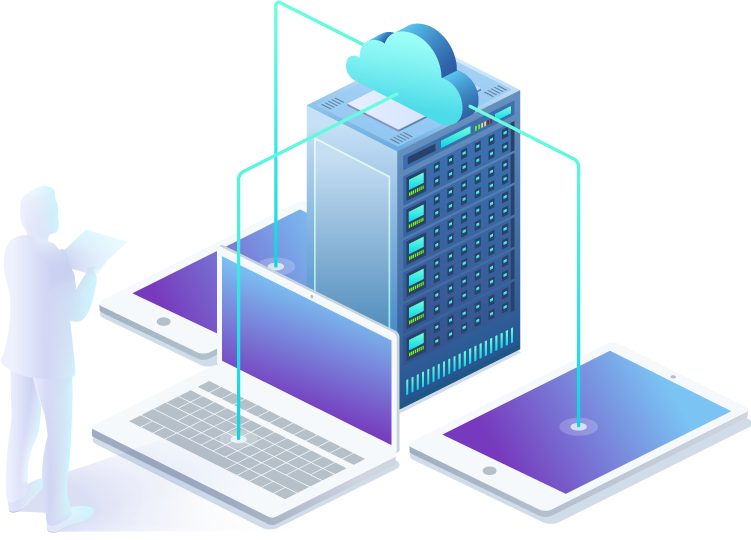
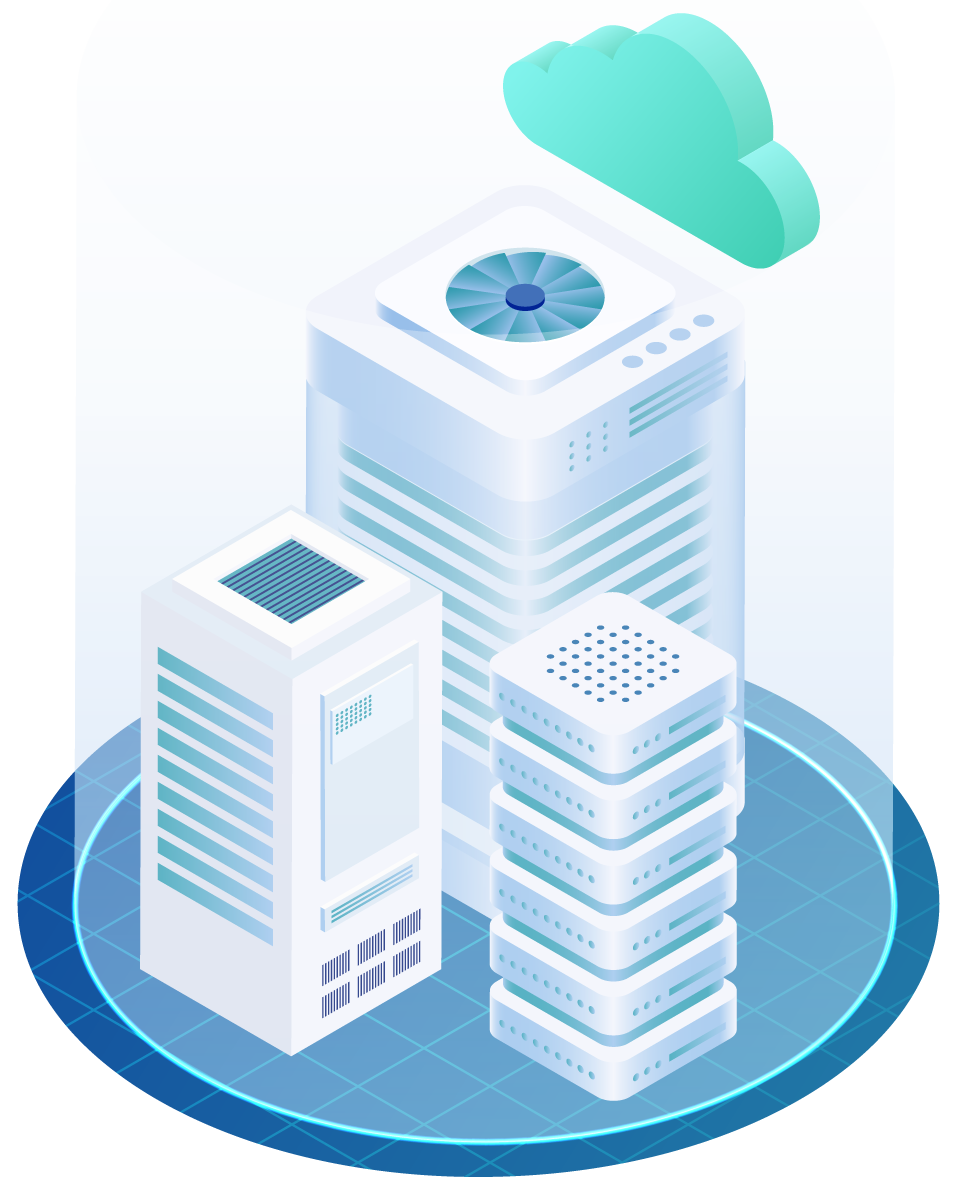
Data Storage
Data storage is the collective methods and technologies that capture and retain digital information. This can be either integrated hardware or software systems. Every year business data grows, which makes it so important that your customers have the right data storage solutions to keep their business running efficiently.
Cloud Storage
Gartner forecasts that in 2023 worldwide
public cloud spending will grow by 20.7%
The demand for storage devices has increased exponentially as paper-based work is replaced with computers, with cloud storage becoming the most trending and highly adopted data storage platform. The Cloud offers users high storage capacity and multiple cloud models to suit each user’s requirements.

47%
of businesses say data growth
is one of their top three challenges
Source – Data storage: 30+ interesting facts & figures (sagiss.com)
79%
of IT professionals say managing storage
growth is their dominant pain point
Source – Data storage: 30+ interesting facts & figures (sagiss.com)
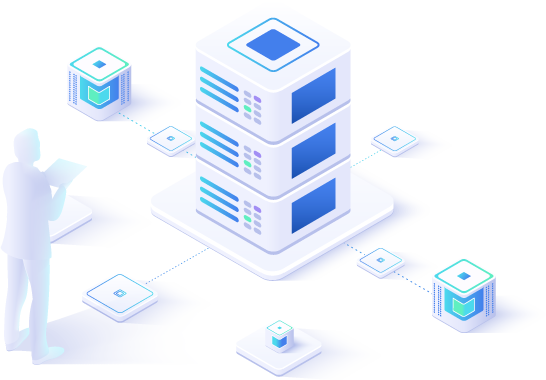
What to consider when looking for a storage solution
Capacity
Your customers need to understand how much storage they currently use in order to estimate what they will need moving forward. Your customers might benefit from compression and deduplication, which will offer significant storage savings.
Performance Requirements
Your customers need to consider how fast the performance of their storage solutions needs to be to allow for efficient working with the saved files/data.
Data Backups
Storing data only on physical drives does not necessarily keep it safe. It is recommended to have multiple copies of your data.
Current IT Infrastructure
If your customers are using old on-premises servers, it could be time to look at a cloud solution that offers server, storage and networking all in one. If they are using up-to-date servers, it can still be worth looking at new and update options to ensure the optimal storage solution.
Benefits of Digital Data Storage
Long-lasting preservation
Digital data storage makes it easier to group together large volumes of information and store them for long periods of time.
Easier accessibility
Documents are available on the computer instead of having to physically look for them in a filing system.
Efficient data recovery
It is easy to make a copy of stored data, making recovery fast and simple if a file is lost or corrupted.
Smaller physical footprint
No need for a physical filing system and it is easier to add more digital storage when required.
Increased security
It is easier to digitally secure sensitive information with advanced tools and features.
Easier collaboration
All data is centrally stored and accessible by authorised users. This makes it easier to share and collaborate with colleagues, especially when stored in the cloud.
Efficient document management
It is easy to organise digital files and arrange them on your computer/network/storage space.
Enhanced productivity and workflow
Saving data digitally takes little time compared to printing out physical documents, creating files and storing them.

Case study – Wasabi
A major US city has transitioned to Wasabi storage to protect critical applications and data. They were originally using a competitor’s storage solution but needed a simpler and faster-performing alternative after their data retrievals took up to 5 hours, creating long recovery times. Wasabi hot cloud storage is 6x faster than their original solution and 80% cheaper.
Why work with Climb?
Climb Channel Solutions works with a wide range of vendors that offer data solutions, from data backup and recovery to data protection.
Our team of experts can help you get the right solutions for your customers to protect, maintain and manage their data environment.
Our technical services team can provide customers with a comprehensive understanding of their unstructured data and further support your customers’ migrations to ensure their migration projects are a success.
Get in touch with the team today by filling in the form or giving us a call on +44 (0) 1364 655 200
By submitting this form you are agreeing to our Privacy Policy and Website Terms of Use.


